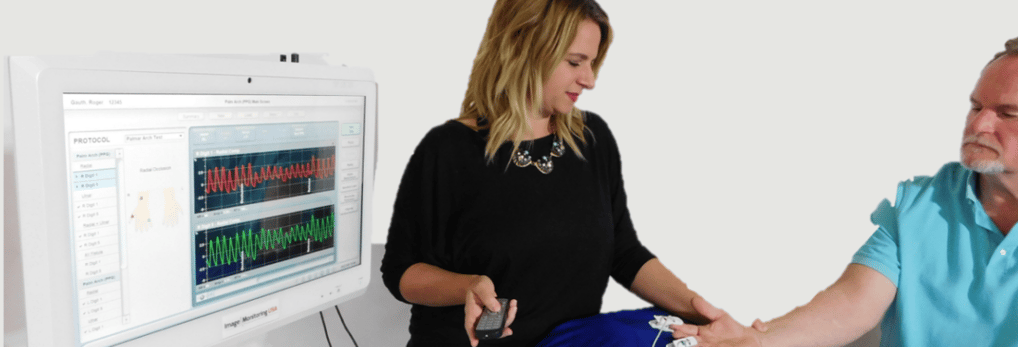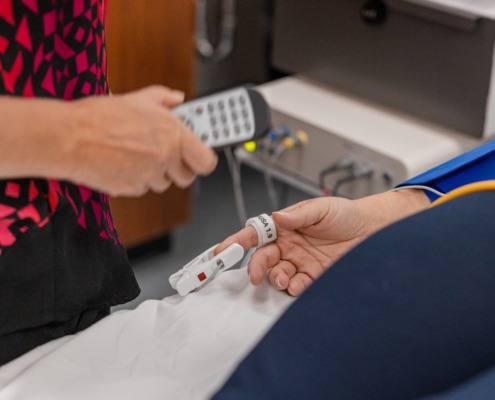How X-ray Imaging Is Revolutionizing Orthopedics
Orthopedics, the branch of medicine that focuses on the diagnosis, treatment, and prevention of musculoskeletal disorders, has witnessed tremendous advancements in recent years. One of the most pivotal technologies that has contributed to this revolution is X-ray imaging. Whether it's diagnosing fractures, joint problems, or bone diseases, X-ray technology has become an indispensable tool for orthopedic specialists. In this blog, we’ll explore how X-ray imaging is transforming the field of orthopedics and enhancing patient care.
3/6/20254 min read


1. Quick and Non-Invasive Diagnosis
X-ray imaging allows orthopedic doctors to quickly and non-invasively assess the condition of a patient’s bones and joints. With just a few seconds of exposure, X-rays can capture detailed images of fractures, arthritis, bone deformities, and other musculoskeletal issues. This speed and ease of use make X-rays an essential tool in emergency situations where fast diagnosis is required, such as trauma cases with fractures or dislocations.
The ability to get immediate results enables orthopedic surgeons to quickly determine the course of treatment, whether it’s casting, surgical intervention, or physical therapy.
2. Enhanced Detection of Bone Fractures
One of the primary uses of X-ray imaging in orthopedics is the detection of bone fractures. Whether it’s a simple fracture or a complex one, X-ray images give clear insight into the location, type, and severity of the break. These images guide doctors in making critical decisions regarding how to treat the fracture—whether through casting, surgical intervention, or other methods.
For complex fractures, such as comminuted or compound fractures, X-ray imaging helps the surgeon understand the relationship between bone fragments, which is crucial for planning the surgical approach and ensuring the correct alignment of the bones during healing.
3. Monitoring Arthritis and Joint Degeneration
As people age, conditions like osteoarthritis and rheumatoid arthritis become more prevalent. X-rays play a crucial role in tracking the progression of joint degeneration over time. By capturing images of the affected joints, doctors can assess the extent of damage to cartilage, bone spurs, and the joint space narrowing typical of arthritis.
By comparing X-rays taken at different stages, orthopedic specialists can evaluate how a joint is progressing and determine whether more aggressive treatments, such as surgery or joint replacement, are necessary.
4. Assessing Bone Density and Osteoporosis
Another key application of X-ray imaging in orthopedics is the detection of osteoporosis, a condition that weakens bones and makes them more prone to fractures. X-rays can reveal the early signs of bone density loss, which is a crucial indicator for diagnosing osteoporosis.
Dual-energy X-ray absorptiometry (DEXA) scans, a specialized form of X-ray, are widely used to measure bone density. By assessing bone health early on, X-rays help doctors take preventive steps to avoid fractures in osteoporosis patients.
5. Accurate Pre- and Post-Surgical Planning
Before any orthopedic surgery, accurate imaging is essential to ensure the procedure goes smoothly. Whether it’s joint replacement, spinal surgery, or the repair of a broken bone, X-rays give orthopedic surgeons a comprehensive view of the area they’ll be operating on. This allows them to plan the surgery with greater precision, minimizing risks and optimizing the outcome.
After the surgery, X-rays are used to evaluate the results and monitor the healing process. For example, after a hip or knee replacement, X-ray imaging helps ensure the implants are positioned correctly, and the bones are healing as expected.
6. Personalized Treatment Plans
X-ray imaging enables orthopedic doctors to create personalized treatment plans for their patients. By understanding the unique features of a patient’s musculoskeletal issue, doctors can tailor their interventions to provide the best possible care. Whether it's a non-invasive approach like physiotherapy or surgical intervention, the detailed images from X-rays provide a blueprint for accurate treatment.
For instance, X-rays of the spine or limbs can identify misalignments or deformities that may require custom braces, physical therapy, or surgical correction, thus optimizing the patient’s outcome and recovery time.
7. Minimally Invasive Techniques Guided by X-rays
Minimally invasive orthopedic procedures, such as arthroscopy, benefit greatly from X-ray guidance. In these surgeries, small incisions are made, and cameras or instruments are inserted to repair joints, remove damaged tissue, or even perform joint replacements.
In many of these cases, fluoroscopy, a type of real-time X-ray imaging, is used to guide the surgeon during the procedure. This helps orthopedic surgeons navigate complex joint spaces and achieve greater precision with minimal disruption to the surrounding tissues, leading to faster recovery times and fewer complications.
8. Better Outcomes with Advanced X-ray Technologies
In recent years, advancements in X-ray technology have further improved the diagnostic and treatment capabilities in orthopedics. Digital X-rays offer enhanced image quality with lower radiation exposure, allowing for quicker diagnoses without compromising patient safety.
Additionally, 3D X-ray imaging and CT scans are gaining popularity in orthopedic practices, allowing for even more detailed, three-dimensional views of bones and joints. This high-resolution imaging is invaluable for pre-surgical planning, enabling surgeons to see every angle and make the most accurate decisions before operating.
9. Post-Treatment Monitoring and Rehabilitation
X-ray imaging continues to be valuable during the post-treatment phase. Whether a patient has undergone surgery, received a cast for a fracture, or completed physical therapy, X-rays are used to monitor the healing process. This ensures that the bones are properly aligned, the treatment is working, and there are no complications or further injuries.
By regularly tracking the progress of healing, doctors can adjust the treatment plan as needed, whether by adjusting the cast, recommending more physical therapy, or addressing any signs of complications early on.




Reference Website link:
American Academy of Orthopaedic Surgeons (AAOS)
National Institute of Arthritis and Musculoskeletal and Skin Diseases (NIAMS)
Mayo Clinic - X-ray Imaging in Orthopedics
WebMD - X-ray in Orthopedics
